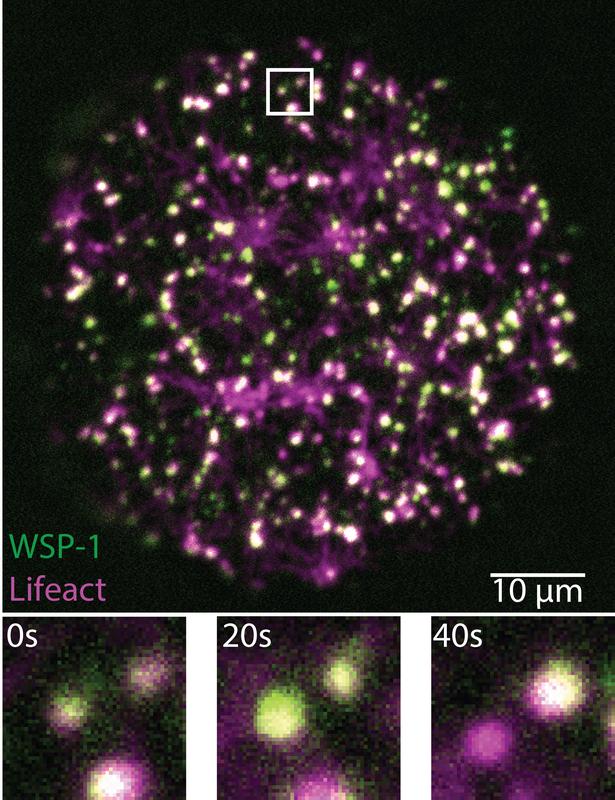
Dresden research team finds that the cell cortex, a fine network of filaments below the cell membrane, is activated in a controlled way by thousands of short-lived protein condensates. During development, the cells of an embryo divide until a fully functional organism emerges. One component of the cell is especially important during this process: the cell cortex. This fine network of hair-like filament structures (called actin) just below the cell membrane is the main determinant of cell shape and is…
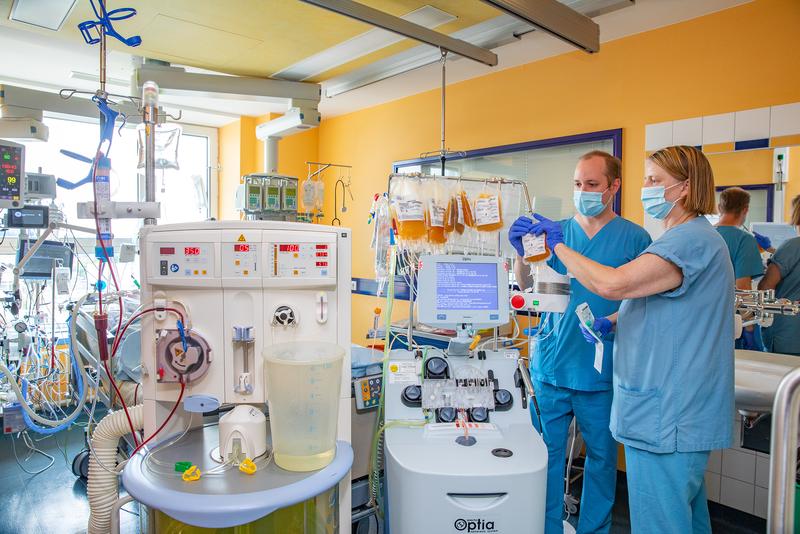
Large study aims to clarify whether therapeutic plasma exchange increases the survival rate of those affected. Sepsis is the most common cause of death in infections. In Germany alone, around 75,000 people die from it every year. The most severe form of sepsis leads to circulatory failure, which experts refer to as septic shock. 60 percent of cases are fatal. So far, there is no specific therapy for septic shock – but that could soon change. An interdisciplinary team of…

Today, genome editing is almost as easy as programming software. However, the generation of viral vectors as initial material is still associated with many expensive and error-prone handling procedures. Viruses are generated via complex biological processes that have to be optimised virus-specifically in order to produce high-quality therapeutics. A new method is needed that simplifies and optimises these processes. Fraunhofer IPA is the overall coordinator of the European biointelligence project BioProS, which is funded with over 6 million euros as…
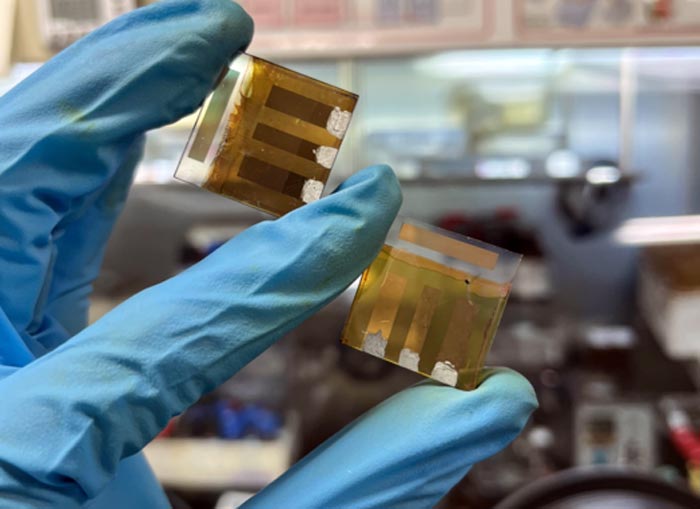
Researchers at Osaka University measured the photovoltaic properties of antimony sulfiodide:sulfide devices and discover a voltage that depends on the wavelength of incident light, which may help develop new light-sensing and imaging devices. Scientists from the Institute for Open and Transdisciplinary Research Initiatives at Osaka University discovered a new feature of solar cells made from antimony sulfiodide:sulfide composite they termed the wavelength-dependent photovoltaic effect (WDPE). The team determined that changing the color of incident light from visible to ultraviolet induced…

Is sustainable human exploration of Mars possible? What are the challenges on the ground and what impact will they have on us humans? Conversely, how will humans affect the new environment? And can Mars teach us lessons for Earth? As part of the “Humans on Mars” initiative, 60 researchers from the University of Bremen and other Bremen research institutes are investigating these very questions. On July 8, 2022, the University of Bremen is set to launch its large-scale initiative “Humans…
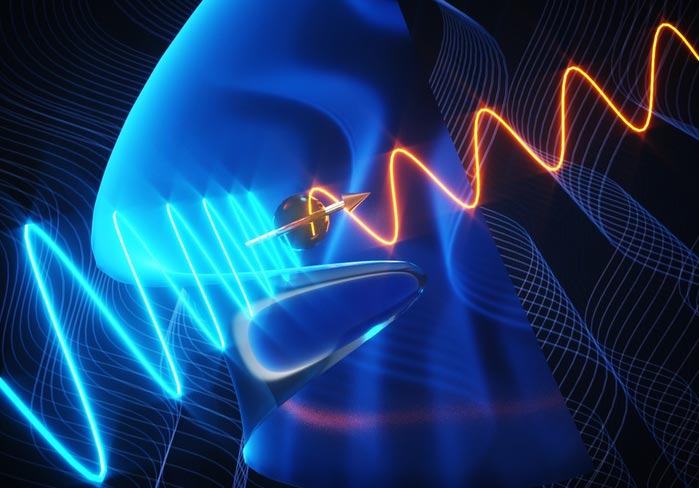
Materials that contain the axial Higgs mode could serve as quantum sensors to evaluate other quantum systems and help answer persistent questions in particle physics. An interdisciplinary team led by Boston College physicists has discovered a new particle – or previously undetectable quantum excitation – known as the axial Higgs mode, a magnetic relative of the mass-defining Higgs Boson particle, the team reports in the online edition of the journal Nature. The detection a decade ago of the long-sought Higgs…
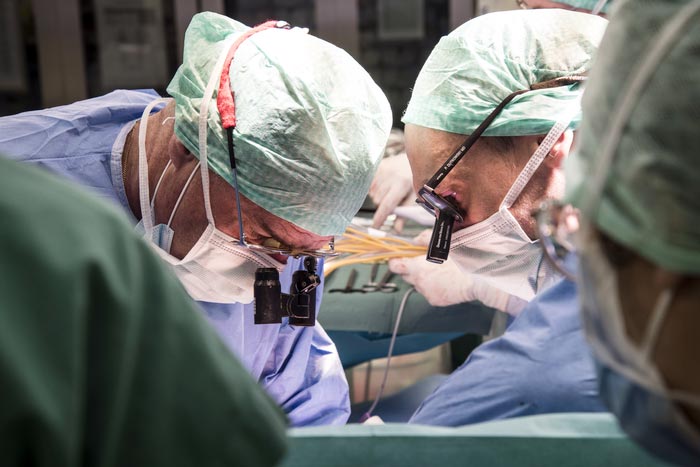
… and then successfully transplanted. The Liver4Life research team owes its perfusion machine, which was developed in house, to the fact that it became possible to implant a human organ into a patient after a storage period of three days outside a body. The machine mimics the human body as accurately as possible, in order to provide ideal conditions for the human livers. A pump serves as a replacement heart, an oxygenator replaces the lungs and a dialysis unit performs…

Interdisciplinary top-level research in the field of tropical medicine is the goal of a new transnational network of excellence being established under the leadership of Professor Anna Förster of the University of Bremen. It is being funded by the German Academic Exchange Service (DAAD). For many years, the University of Bremen has been cooperating with one of the best universities in Thailand, Mahidol University in Bangkok. It is one of the strategic partners of the University of Bremen. A highlight…
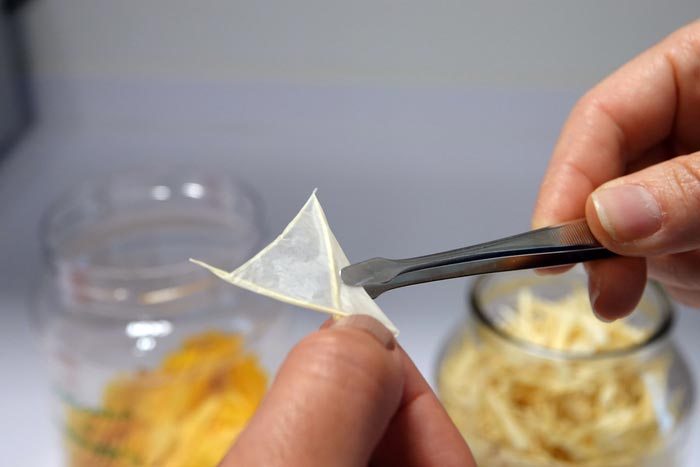
Researchers demonstrate that this part of the plants –the outermost part– can absorb up to 90% of harmful sunlight that is converted into heat. The cuticle – the outermost part of a plant, which acts as interphase between the plant and the environment– is becoming increasingly important in agriculture. It has already been shown that the cuticle has hydrologic properties, to prevent water loss, as well as mechanical properties, against fruit cracking, and plays a role in the defense against…
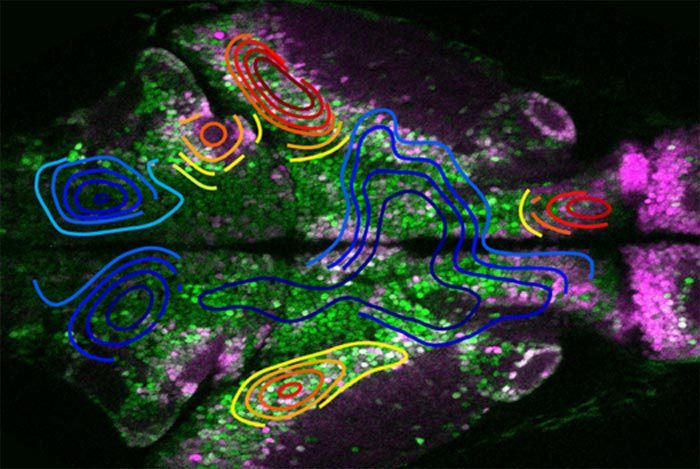
New evidence from a zebrafish model of epilepsy may help resolve a debate into how seizures originate, according to Weill Cornell Medicine and NewYork-Presbyterian investigators. The findings may also be useful in the discovery and development of future epilepsy drugs. In the study, published Feb. 23 in Brain, the researchers were able to track the activities of neurons throughout the entire brains of larval zebrafish during seizures. They showed that the seizures originated from an excess of “excitatory” over “inhibitory” brain…

Many problems in modern science require researchers to think beyond the borders of their discipline. Together, neuroscience and computer science investigate how the human brain works and information theory paired with physics might help to shed light on how cells make decisions. However, science is still usually organized into departments and research fields. The NOMIS Fellowship at the Institute of Science and Technology Austria wants to support scientists in bringing disparate fields together. To draw new connections and gain insights,…

A new method for atomic-resolution electron microscopes. Electron microscopy enables researchers to visualize tiny objects such as viruses, the fine structures of semiconductor devices, and even atoms arranged on a material surface. Focusing down the electron beam to the size of an atom is vital for achieving such high spatial resolution. However, when the electron beam passes through an electrostatic or magnetic lens, the rays of electrons exhibit different focal positions depending on the focusing angle and the beam spreads…

When our immune system comes into contact with SARS-CoV-2, it fights back and produces antibodies. A similar immune response is triggered by Corona vaccines. However, there is still little data available on the strength and durability of immune protection. A team led by Prof. Carsten Watzl from the IfADo, in cooperation with the Max Planck Institute oin Dortmund (MPI) and the Klinikum Dortmund, has now been able to detect high levels of neutralising antibodies in test persons even 300 days…
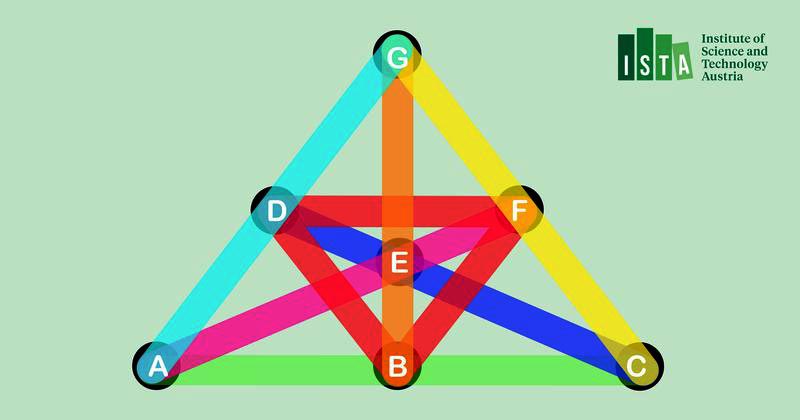
Some of the most famous problems in mathematics remain unsolved for centuries. For Erdős’ conjecture, it took fifty years for a solution to be found. Professor Matthew Kwan from the Institute of Science and Technology Austria (ISTA) and mathematicians from Harvard and MIT present a proof that shows the existence of so-called high-girth Steiner triple systems. When Matthew Kwan heard about the Erdős conjecture during his studies, he did not expect to be part of proving this infamous mathematical theorem….
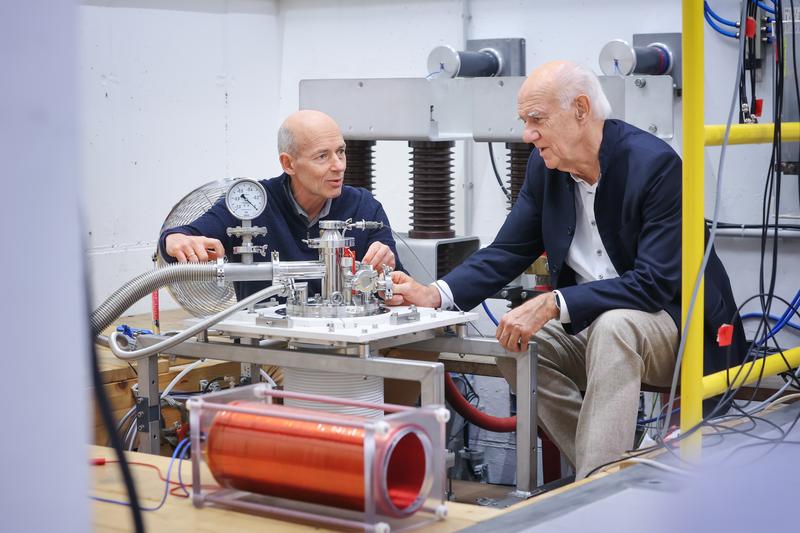
In motor neuron diseases of the nervous system, such as amyotrophic lateral sclerosis (ALS), commands can no longer be sent to the muscles. This gradually leads to paralysis. Physicist Dr. Thomas Herrmannsdörfer from the Helmholtz-Zentrum Dresden-Rossendorf (HZDR) and physician Prof. Richard Funk from the TU Dresden formulated the idea to selectively revive the motor neurons using magnetic fields. Initial laboratory research results have proven them right and are encouraging them to further pursue their project and plan a prototype therapy…

Sensor of novel material an alternative for blood glucose measurement. An interdisciplinary team of researchers at TU Bergakademie Freiberg has developed a novel sensor from a bio-based material that enables enzyme-free measurement of glucose concentration in the blood. Anyone suffering from diabetes cannot live without them – the test strips for measuring blood glucose levels. They contain enzymes that react with glucose in the blood. “Once used, the conventional enzyme based photometric or electrochemical measurement no longer work and the…